Stat-B Tablet 10's




MRP ₹285
(Inclusive of all Taxes)
₹42.8 Cashback (15%)
Provide Delivery Location
Online payment accepted
 Prescription drug
Prescription drugWhats That
Composition :
Manufacturer/Marketer :
Consume Type :
Return Policy :
Expires on or after :
About Stat-B Tablet
Stat-B Tablet is a combination medicine used to treat dysmenorrhea (period pain) and menorrhagia (heavy menstrual bleeding). Besides this, Stat-B Tablet is also used to treat severe blood loss, swelling in various body parts, fever, inflammation, and migraine headache. Menstrual cramps, also known as dysmenorrhea, are characterized by cramps and pain during menstruation. Menorrhagia is a condition with abnormally heavy or prolonged bleeding during menstruation/periods.
Stat-B Tablet is a combination of two drugs: Tranexamic acid (anti-fibrinolytic) and Mefenamic acid (NSAID). Tranexamic acid helps the body's natural blood clot process by preventing fibrin's breakdown, this stops fibrinolysis, a process that stops blood clot formation. Mefenamic acid works by blocking the effect of chemical messengers that cause pain.
You are advised to take Stat-B Tablet for as long as your doctor has prescribed it for you, depending on your medical condition. In some cases, you may experience certain common side-effects such as nausea, vomiting, diarrhoea, indigestion, heartburn, and headache. Most of these side-effects do not require medical attention and will resolve gradually over time. However, you are advised to talk to your doctor if you experience these side-effects persistently.
Consult your doctor if you are pregnant or breastfeeding. Stat-B Tablet may cause dizziness, so drive with caution. Stat-B Tablet should not be given to children as safety and efficacy have not been established. Avoid consuming alcohol along with Stat-B Tablet as it could lead to increased drowsiness and dizziness, it might also increase the risk of stomach bleeding. Keep your doctor informed about your health condition and medicines to rule out any side-effects/interactions.
Uses of Stat-B Tablet
Directions for Use
Medicinal Benefits
Stat-B Tablet is a combination of two drugs, namely: Tranexamic acid and Mefenamic acid. Stat-B Tablet is used to treat abdominal pain, dysmenorrhea (period pain), and menorrhagia (heavy menstrual bleeding). Additionally, Stat-B Tablet is also used to treat severe blood loss, swelling in various body parts, fever, inflammation, and migraine headache. Tranexamic acid is an anti-fibrinolytic agent that helps the body's natural blood clot process by preventing fibrin's breakdown, this stops fibrinolysis, a process that stops blood clot formation. Mefenamic acid is an NSAID that works by blocking the effect of a chemical messenger in the body, known as cyclo-oxygenase (COX) enzymes that make other chemical prostaglandins. By blocking the COX enzyme's effect, lesser prostaglandins are produced, which reduces mild to moderate pain and inflammation at the injured or damaged site. Together, Stat-B Tablet helps treat heavy bleeding and pains/cramps during periods.
Storage
- Drink water or other clear fluids.
- To prevent worsening of pain, limit intake of tea, coffee, or alcohol.
- Include bland foods like rice, toast, crackers, and rice in your diet.
- Avoid lying down immediately after eating as it may cause indigestion or heartburn.
- Avoid acidic and spicy food as it may cause indigestion.
- Inform your doctor about your constipation symptoms. They may adjust your medication or advise alternative treatments.
- Stay hydrated by drinking sufficient of water (at least 8-10 glasses a day) to help soften stool and promote bowel movements.
- Increase fibre intake by eating foods high in fibre, such as fruits, whole grains, vegetables and legumes, to help bulk up the stool.
- Establish a bowel routine by trying to go to the bathroom at the same time each day to train your bowels.
- Engaging in regular exercise, like walking or yoga, can support in bowel movement stimulation.
- Consult your doctor if constipation persists, and discuss alternative treatments or adjustments to your medication.
- Inform Your Doctor: Notify your doctor immediately about your diarrhoea symptoms. This allows them to adjust your medication or provide guidance on managing side effects.
- Stay Hydrated: Drink plenty of fluids to replace lost water and electrolytes. Choose water, clear broth, and electrolyte-rich drinks. Avoid carbonated or caffeinated beverages to effectively rehydrate your body.
- Follow a Bland Diet: Eat easy-to-digest foods to help firm up your stool and settle your stomach. Try incorporating bananas, rice, applesauce, toast, plain crackers, and boiled vegetables into your diet.
- Avoid Trigger Foods: Steer clear of foods that can worsen diarrhoea, such as spicy, fatty, or greasy foods, high-fibre foods, and dairy products (especially if you're lactose intolerant).
- Practice Good Hygiene: Maintain good hygiene to prevent the spread of infection. To stay healthy, wash your hands frequently, clean and disinfect surfaces regularly, and avoid exchanging personal belongings with others.
- Take Anti-Diarrheal Medications: If your doctor advises, anti-diarrheal medications such as loperamide might help manage diarrhoea symptoms. Always follow your doctor's directions.
- Keep track of your diarrhoea symptoms. If they don't get better or worse or are accompanied by severe stomach pain, blood, or dehydration signs (like extreme thirst or dark urine), seek medical help.
- Take medications with food (if recommended): It can help prevent stomach distress and indigestion.
- Eat smaller, more frequent meals: Divide daily food intake into smaller, more frequent meals to ease digestion.
- Avoid trigger foods: Identify and avoid foods that trigger indigestion, such as spicy, fatty, or acidic foods.
- Stay upright after eating: Sit or stand upright for at least 1-2 hours after eating to prevent stomach acid from flowing into the oesophagus.
- Avoid carbonated drinks: Avoid drinking carbonated beverages, such as soda or beer, which can worsen indigestion.
- Manage stress: To alleviate indigestion, engage in stress-reducing activities like deep breathing exercises or meditation.
- Consult a doctor if needed: If indigestion worsens or persists, consult a healthcare professional to adjust the medication regimen or explore alternative treatments.
- Tell your doctor about your GAS symptoms. They may change your medication regimen or prescribe additional drugs to help you manage them.
- To manage GAS symptoms, eat a balanced diet of fibre, vegetables, and fruits.
- Drink enough water throughout the day to avoid constipation and treat GAS symptoms.
- Regular exercise like yoga and walking may help stimulate digestion and alleviate GAS symptoms.
- Take probiotics only if your doctor advises, as they may help alleviate GAS symptoms by promoting gut health.
- Take medication for GAS symptoms only if your doctor advises, as certain medications can interact with your existing prescriptions or worsen symptoms.
- If symptoms persist, worsen, or are accompanied by severe abdominal pain, vomiting, or bleeding, seek immediate medical attention.
- Inform your doctor about the nausea and discuss possible alternatives to the medication or adjustments to the dosage.
- Divide your daily food intake into smaller, more frequent meals to reduce nausea.
- Opt for bland, easily digestible foods like crackers, toast, plain rice, bananas, and applesauce.
- Avoid certain foods that can trigger nausea, such as fatty, greasy, spicy, and smelly foods.
- Drink plenty of fluids, such as water, clear broth, or electrolyte-rich beverages like coconut water or sports drinks.
- Use ginger (tea, ale, or candies) to help relieve nausea.
- Get adequate rest and also avoid strenuous activities that can worsen nausea.
- Talk to your doctor about taking anti-nausea medication if your nausea is severe.
- Record when your nausea occurs, what triggers it, and what provides relief to help you identify patterns and manage your symptoms more effectively.
Drug Warnings
Do not take Stat-B Tablet if you are allergic to any of its contents or if you have severe heart failure. Inform your doctor if you have/had deep vein thrombosis, pulmonary embolism (block a blood vessel in the lungs), coagulopathy (formation of blood clots), epilepsy, irregular periods, heart, kidney, or liver problems. Consult your doctor if you are pregnant or breastfeeding. Stat-B Tablet may cause dizziness and drowsiness, so drive only if you are alert. Stat-B Tablet should not be given to children as safety and effectiveness have not been established. Avoid consuming alcohol along with Stat-B Tablet as it could lead to increased drowsiness and can increase the risk of stomach bleeding. Do not take any other NSAIDs for pain relief along with Stat-B Tablet unless prescribed.
Drug-Drug Interactions
Drug-Drug Interactions
Login/Sign Up
Coadministration of Stat-B Tablet with Ketorolac can increase the risk or severity of gastric bleeding and ulcers.
How to manage the interaction:
Taking Stat-B Tablet with Ketorolac together can result in an interaction, it can be taken if your doctor has advised it. However, if you notice any unusual bleeding or bruising, other signs of bleeding, dizziness, lightheadedness, red or black tarry stools, coughing up or vomiting blood, severe headache, and weakness, you should contact a doctor immediately. Do not stop using any medications without talking to a doctor.
Co-administration of Stat-B Tablet with Meloxicam together can increase the risk or severity of bleeding.
How to manage the interaction:
Taking Stat-B Tablet with Meloxicam together is generally avoided as it can result in an interaction, it can be taken if a doctor has advised it. However, if you notice any unusual bleeding or bruising, other signs of bleeding, dizziness, lightheadedness, red or black tarry stools, coughing up or vomiting blood, severe headache, and weakness, you should contact a doctor immediately. Do not stop using any medications without talking a doctor.
Coadministration of Stat-B Tablet with Leflunomide can increase the risk or severity of liver disease.
How to manage the interaction:
Taking Stat-B Tablet with Leflunomide together can result in an interaction, it can be taken if your doctor has advised it. However, if you notice any symptoms of fever, chills, joint pain or swelling, unusual bleeding or bruising, skin rash, itching, loss of appetite, fatigue, nausea, vomiting, dark-colored urine, light-colored stools, and/or yellowing of the skin or eyes, you should contact a doctor immediately. Do not stop using any medications without talking to a doctor.
Co-administration of Stat-B Tablet with Prasugrel can increase the risk or severity of gastric bleeding, ulceration, and rarely, perforation leading to serious blood loss.
How to manage the interaction:
Taking Stat-B Tablet with Prasugrel together can result in an interaction, it can be taken if your doctor has advised it. However, if you notice any unusual bleeding or bruising, other signs of bleeding, dizziness, lightheadedness, red or black tarry stools, coughing up or vomiting blood, severe headache, and weakness, you should contact a doctor immediately. Do not stop using any medications without talking to a doctor.
Coadministration of Stat-B Tablet with Everolimus can increase the risk or severity of kidney disease.
How to manage the interaction:
Taking Stat-B Tablet with Everolimus together can result in an interaction, it can be taken if a doctor has advised it. However, if you notice any symptoms of nausea, vomiting, loss of appetite, increased or decreased urination, sudden weight gain or weight loss, fluid retention, swelling, shortness of breath, muscle cramps, tiredness, weakness, dizziness, confusion, and irregular heart rhythm you should contact a doctor immediately. Do not stop using any medications without talking to a doctor.
Coadministration of Stat-B Tablet with Etodolac can increase the risk or severity of gastric bleeding, ulceration, and rarely, perforation leading to serious blood loss.
How to manage the interaction:
Taking Stat-B Tablet with Etodolac together can result in an interaction, it can be taken if a doctor has advised it. However, if you notice any unusual bleeding or bruising, dizziness, lightheadedness, red or black tarry stools, coughing up or vomiting blood, severe headache, and weakness, you should contact the doctor immediately. Do not stop using any medications without talking to a doctor.
Coadministration of Stat-B Tablet with Piroxicam can increase the risk side effects such as inflammation(swelling with redness and pain), bleeding, ulceration, and perforation leading to serious blood loss.
How to manage the interaction:
Taking Stat-B Tablet with Piroxicam together can result in an interaction, it can be taken if a doctor has advised it. However, if you notice any unusual bleeding or bruising, dizziness, lightheadedness, red or black tarry stools, coughing up or vomiting blood, severe headache, and weakness, you should contact a doctor immediately. Do not stop using any medications without talking to a doctor.
Coadministration of Stat-B Tablet with Tenofovir disoproxil can show additive effect and increase the risk or severity of kidney problems.
How to manage the interaction:
Taking Stat-B Tablet with Tenofovir Disoproxil together can result in an interaction, it can be taken if your doctor has advised it. However, if you notice any unusual bleeding or bruising, dizziness, red or black tarry stools, vomiting blood, severe headache, and weakness, you should contact a doctor immediately. Do not stop using any medications without talking to a doctor.
Coadministration of Stat-B Tablet with Dabigatran can increase the risk or severity of bleeding leading to serious blood loss.
How to manage the interaction:
Taking Stat-B Tablet with Dabigatran etexilate together can result in an interaction, it can be taken if your doctor has advised it. However, if you notice any unusual bleeding or bruising, other signs of bleeding, dizziness, lightheadedness, red or black tarry stools, coughing up or vomiting blood, severe headache, and weakness, you should contact a doctor immediately. Do not stop using any medications without talking to a doctor.
Co-administration of Stat-B Tablet with Sirolimus can increase the risk or severity of kidney disorders.
How to manage the interaction:
Taking Stat-B Tablet with Sirolimus together can result in an interaction, but it can be taken if a doctor has advised it. However, if you notice any unusual bleeding or bruising, other signs of bleeding, dizziness, lightheadedness, red or black tarry stools, coughing up or vomiting blood, severe headache, and weakness, you should contact a doctor immediately. Do not stop using any medications without talking to a doctor.
Drug-Food Interactions
Drug-Food Interactions
Login/Sign Up
Diet & Lifestyle Advise
- Follow a healthy diet. Include vegetables, fruits, and whole grains in your meals.
- Stay hydrated; drink plenty of water.
- Cut down on sugars, salts, spicy food, coffee, and alcohol.
- A heating pad can help ease the pain by placing it on the belly or lower back.
- Exercise can help ease the pain of menstrual cramps.
- Avoid stress by performing meditation or yoga.
- Massage your lower back or abdomen to relieve the pain.
- Take proper rest.
Side Effects of Stat-B Tablet
- Nausea
- Vomiting
- Diarrhoea
- Indigestion
- Heartburn
- Headache
- Musculoskeletal pain
- Stomach pain
Habit Forming
Therapeutic Class
Product Substitutes
Author Details
We provide you with authentic, trustworthy and relevant information
Drug-Diseases Interactions
Drug-Diseases Interactions
Login/Sign Up
FAQs
Stat-B Tablet contains Tranexamic acid and Mefenamic acid. Tranexamic acid helps the body's natural blood clot process by preventing the breakdown of fibrin, this stops fibrinolysis, a process that stops blood clot formation. Mefenamic acid works by blocking the effect of chemical messengers that cause pain.
Diarrhoea might be a side-effect of Stat-B Tablet . Drink enough fluids and eat non-spicy food if you experience diarrhoea. Consult your doctor if you experience severe diarrhoea or if you find blood in stools.
Stat-B Tablet should not be taken for longer durations unless prescribed by the doctor. Stat-B Tablet is usually prescribed for a few days at the time of heavy bleeding and cramps.
Stat-B Tablet is used to treat dysmenorrhea (period pain), pain due to heavy bleeding during periods, and menstrual cramps. Take Stat-B Tablet only as prescribed and do not overdose.
Consult your doctor before taking contraceptive pills along with Stat-B Tablet . When taken together, there is an increased risk of deep vein thrombosis (blood clot in the deep vein, usually legs).
Stat-B Tablet contains mefenamic acid, an NSAID which might increase the risk of cardiovascular thrombotic events, myocardial infarction, and stroke. Therefore, avoid taking Stat-B Tablet if you have heart-related problems unless prescribed by the doctor.
Drug-Drug Interactions Checker List
- IBUPROFEN
- CELECOXIB
- DULOXETINE
- FLUOXETINE
- SERTRALINE
Disease/Condition Glossary
Menorrhagia: Menorrhagia is a condition with abnormally heavy or prolonged bleeding during menstruation/periods. The exact cause of menorrhagia is unknown, but it could be due to hormonal imbalance, dysfunction of the ovaries, uterine fibroids, polyps, inherited bleeding disorders, intrauterine devices, or medications. Symptoms include socking through one/more sanitary pads/tampons for every hour, needing to use double sanitary protection to control the flow, needing to wake up during the night to change the pad, bleeding for more than a week, passing blood clots, unable to do daily activities due to heavy flow, tiredness, and fatigue.
Dysmenorrhea: Menstrual cramps, also known as dysmenorrhea, is characterised by cramps and pain during menstruation due to heavy flow. Pain, cramps, and discomfort during periods are normal. However, excessive pain during periods is not normal and requires medication. Symptoms of dysmenorrhea include intense throbbing pain in the lower abdomen, dull, continuous aches, pain in the lower back and thighs, nausea, headache, and dizziness. The pain usually starts 1-3 days prior to the period, peaks one day before the period starts, and subsides 2-3days after the onset of the period.

Have a query?
Buy best Vascular System products by
Emcure Pharmaceuticals Ltd
Intas Pharmaceuticals Ltd
Lupin Ltd
Ozone Pharmaceuticals Ltd
Sun Pharmaceutical Industries Ltd
Cipla Ltd
Leeford Healthcare Ltd
Mercury Laboratories Ltd
Torrent Pharmaceuticals Ltd
FDC Ltd
Macleods Pharmaceuticals Ltd
Akumentis Healthcare Ltd
Dr Reddy's Laboratories Ltd
Indoco Remedies Ltd
Mankind Pharma Pvt Ltd
Oaknet Healthcare Pvt Ltd
Reliance Formulation Pvt Ltd
Samarth Life Sciences Pvt Ltd
Walter Bushnell
Wanbury Ltd
Abbott India Ltd
Eris Life Sciences Ltd
Galcare Pharmaceuticals Pvt Ltd
Juggat Pharma Ltd
Knoll Pharmaceuticals Ltd
Kontest Pharmaceuticals
Saf Fermion Ltd
Serdia Pharmaceuticals India Pvt Ltd
Systopic Laboratories Pvt Ltd
Themis Chemicals Ltd
Akcent Healthcare India Pvt Ltd
Alembic Pharmaceuticals Ltd
Amelia Healthcare Pvt Ltd
Canixa Life Sciences Pvt Ltd
East West Pharma India Pvt Ltd
German Remedies Ltd
Glenmark Pharmaceuticals Ltd
Ipca Laboratories Ltd
La Pristine Bioceuticals Pvt Ltd
Morepen Laboratories Ltd
Nexgen Rx Life Science Pvt Ltd
Pfizer Ltd
Rapross Pharmaceuticals Pvt Ltd
Sumac Pharma Pvt Ltd
Theia Health Care Pvt Ltd
Themis Medicare Ltd
Themis Pharmaceutical Ltd
4Care Lifesciences Pvt Ltd
Aar Ess Remedies Pvt Ltd
Aarux Pharmaceuticals Pvt Ltd
Alna Biotech Pvt Ltd
Aphia Healthcare
Aristo Pharmaceuticals Pvt Ltd
Baxter India Pvt Ltd
Bennet Pharmaceuticals Ltd
Bharat Serums and Vaccines Ltd
Biosys Pharmaceuticals Ltd
Bros Enterprises Ltd
Celebrity Biopharma Ltd
Chemo Healthcare Pvt Ltd
Cibeles Pharmaceuticals Pvt Ltd
Comed Chemicals Ltd
Conatus Healthcare Pvt Ltd
Cresha Lifesciences
Cute Care Life Sciences Pvt Ltd
Elbrit Life Sciences Pvt Ltd
Euro Biogenics
Icon Life Sciences
J B Chemicals & Pharmaceuticals Ltd
Kee Pharma Ltd
Kemiq Lifesciences Pvt Ltd
Kivi Labs Ltd
Lincoln Pharmaceuticals Ltd
Medchronic Health Care
Medgen Drugs And Laboratories Pvt Ltd
Megma Healthcare Pvt Ltd
Novartis India Ltd
Olcare Laboratories Pvt Ltd
Ornate Labs Pvt Ltd
Q Check Pharmaceuticals
Saan Labs
Stadmed Pvt Ltd
Std Pharmaceuticals Pvt Ltd
Zydus Cadila
3G Life Sciences
Accent Pharmaceuticals & Diagnostics
Adroit Biomed Ltd
Aishwarya Healthcare
Ajanta Pharma Ltd
Akesiss Pharma Pvt Ltd
Albert David Ltd
Algen Healthcare Ltd
Amazone Pharmaceuticals Pvt Ltd
Amstel Pharma Pvt Ltd
Anhox Healthcare Pvt Ltd
Apios Lifesciences Pvt Ltd
Args India Pharma Pvt Ltd
Ark Life Science Pvt Ltd
Arvincare
Aztomax Biotech
Alcohol
Unsafe
Avoid consumption of alcohol while taking Stat-B Tablet as it may cause increased drowsiness. It can also increase the risk of stomach bleeding.
Pregnancy
Caution
Please consult your doctor if you are pregnant or if you have any concerns regarding this; your doctor will prescribe only if the benefits outweigh the risks.
Breast Feeding
Caution
Consult your doctor before taking Stat-B Tablet if you are breastfeeding, your doctor will decide if Stat-B Tablet can be taken by breastfeeding mothers or not.
Driving
Caution
Stat-B Tablet may cause drowsiness and dizziness. Do not drive or operate machinery unless you are alert.
Liver
Caution
Dose adjustment may be needed in patients with liver impairment. Please consult your doctor if you have a liver impairment or any concerns regarding this.
Kidney
Caution
Dose adjustment may be needed in patients with renal disease. Please consult your doctor if you have kidney impairment or any concerns regarding this.
Children
Unsafe
Stat-B Tablet should not be given to children as the safety and effectiveness were not established.



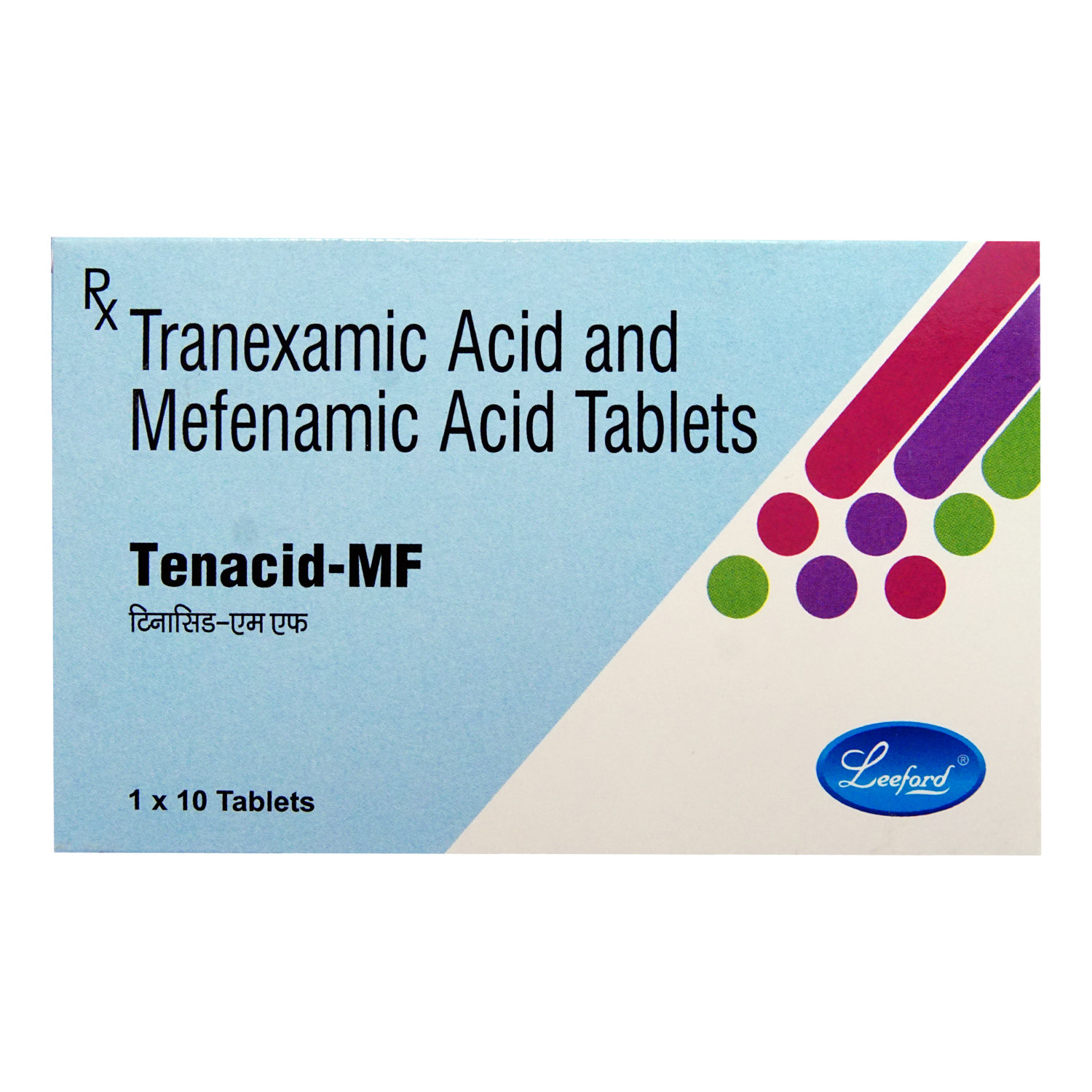

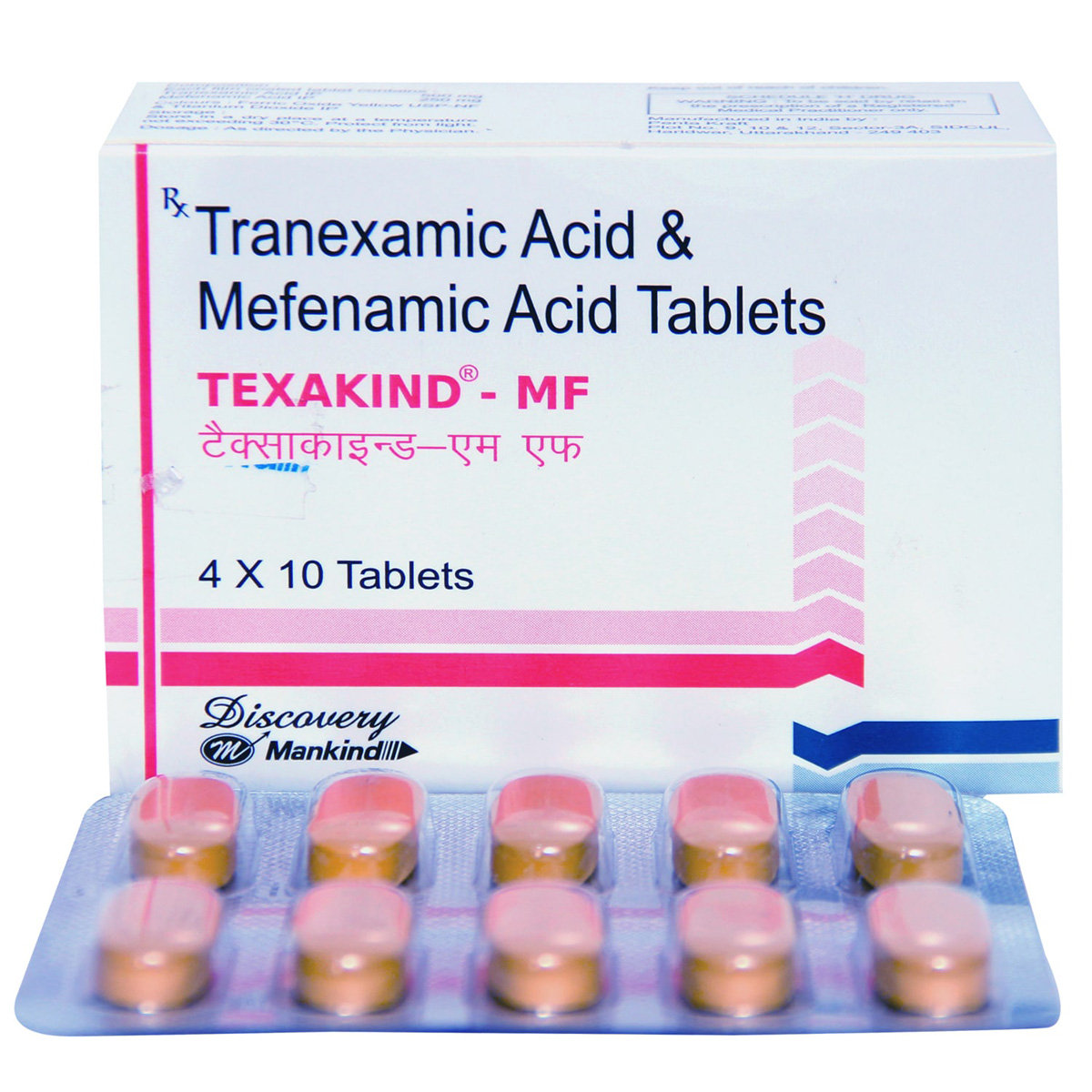
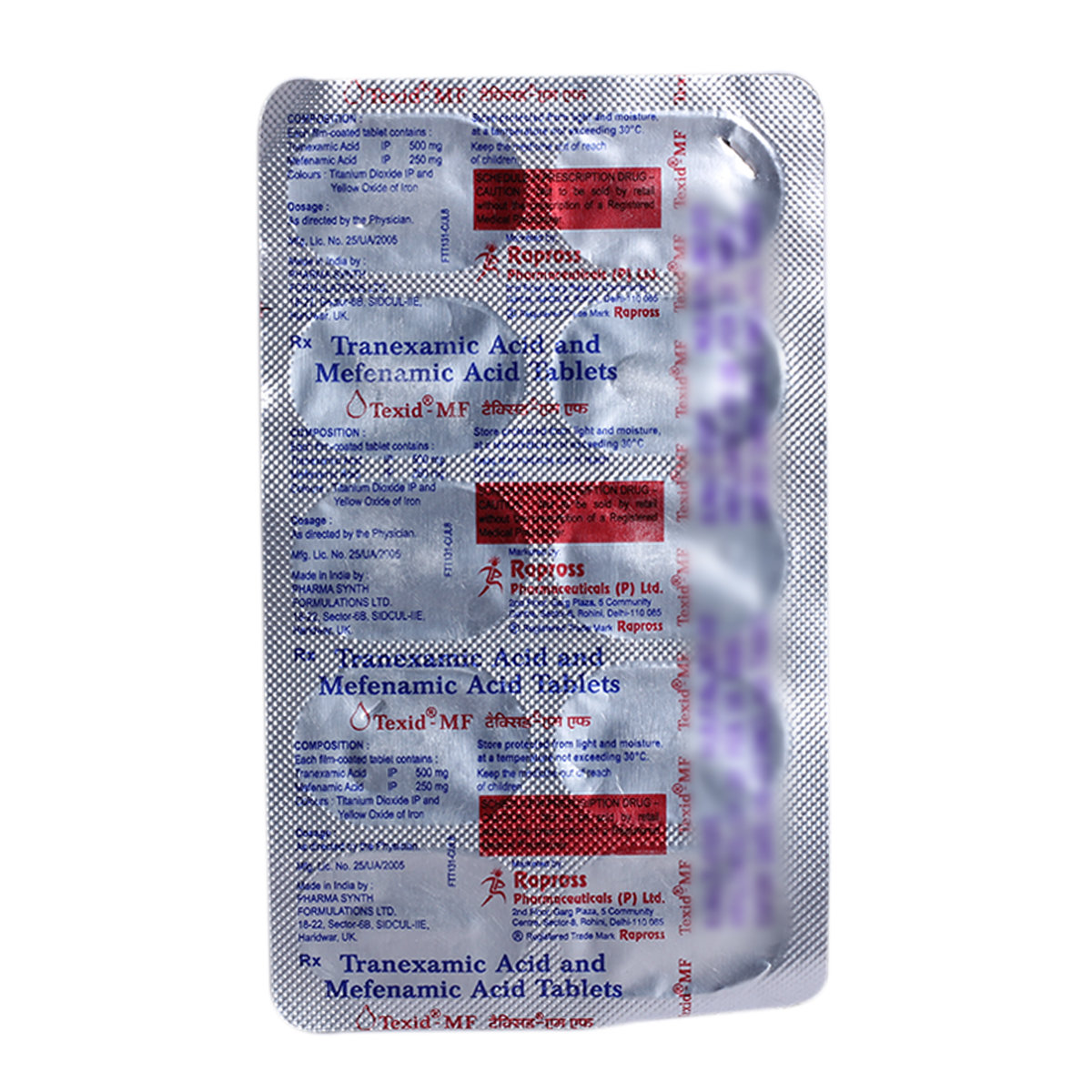
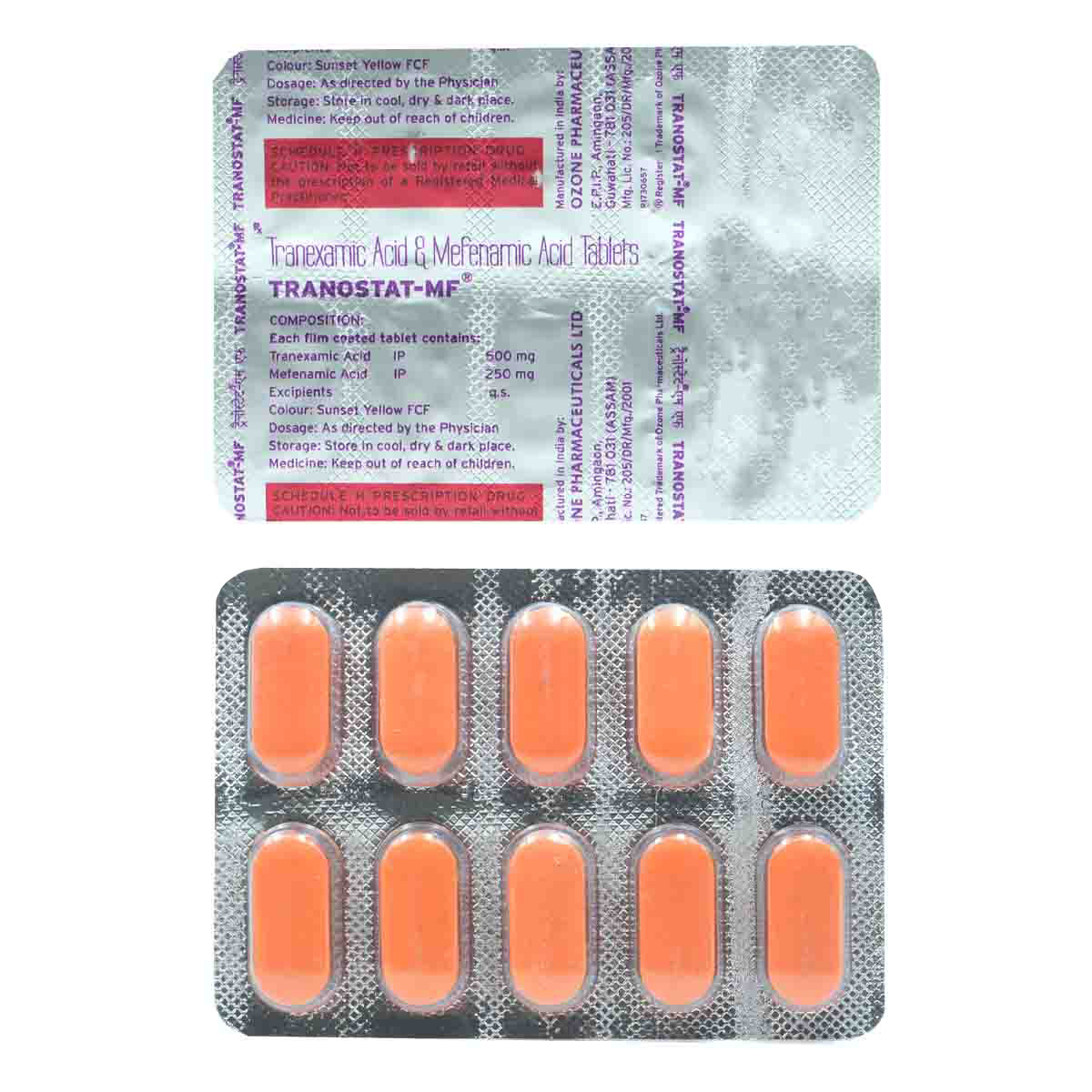
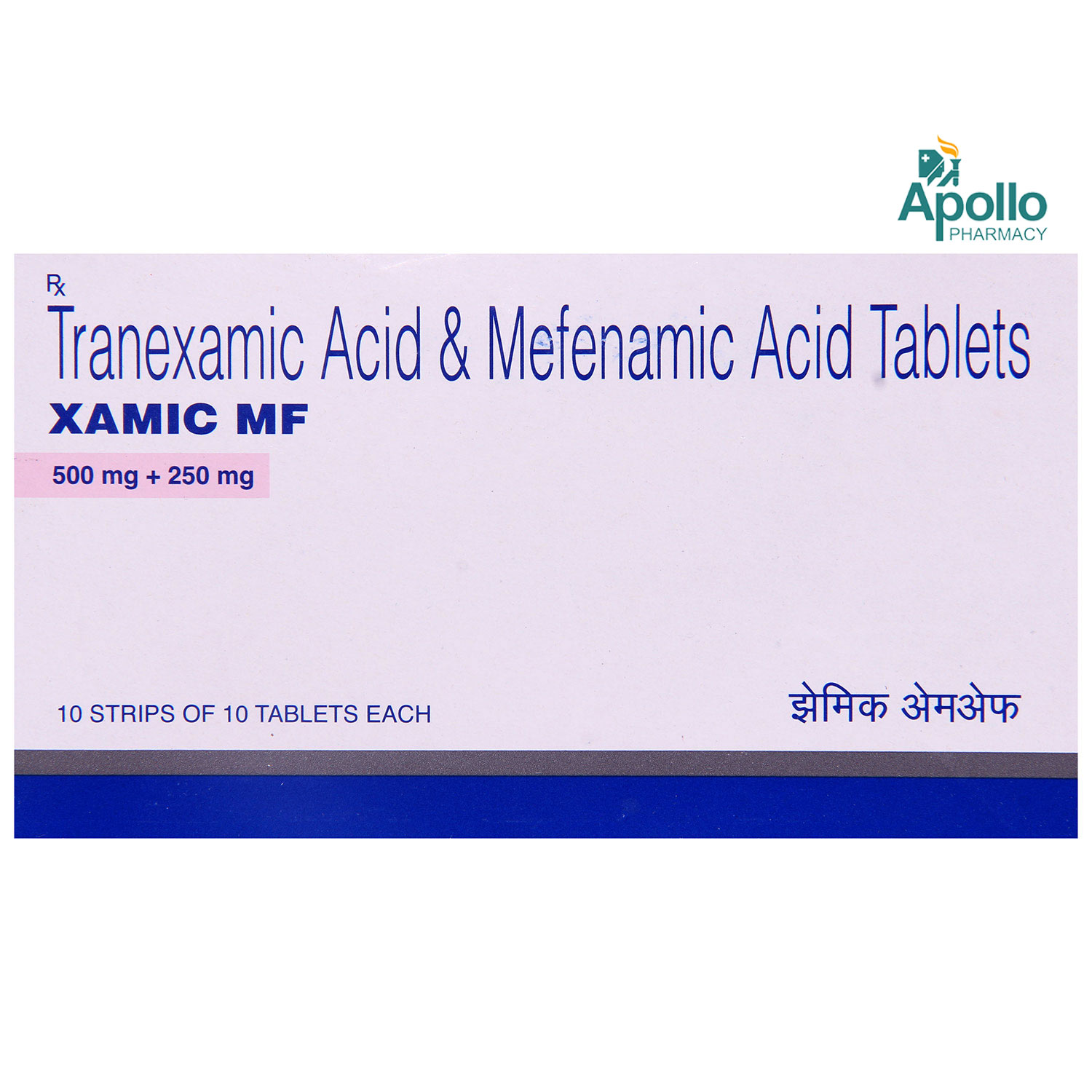

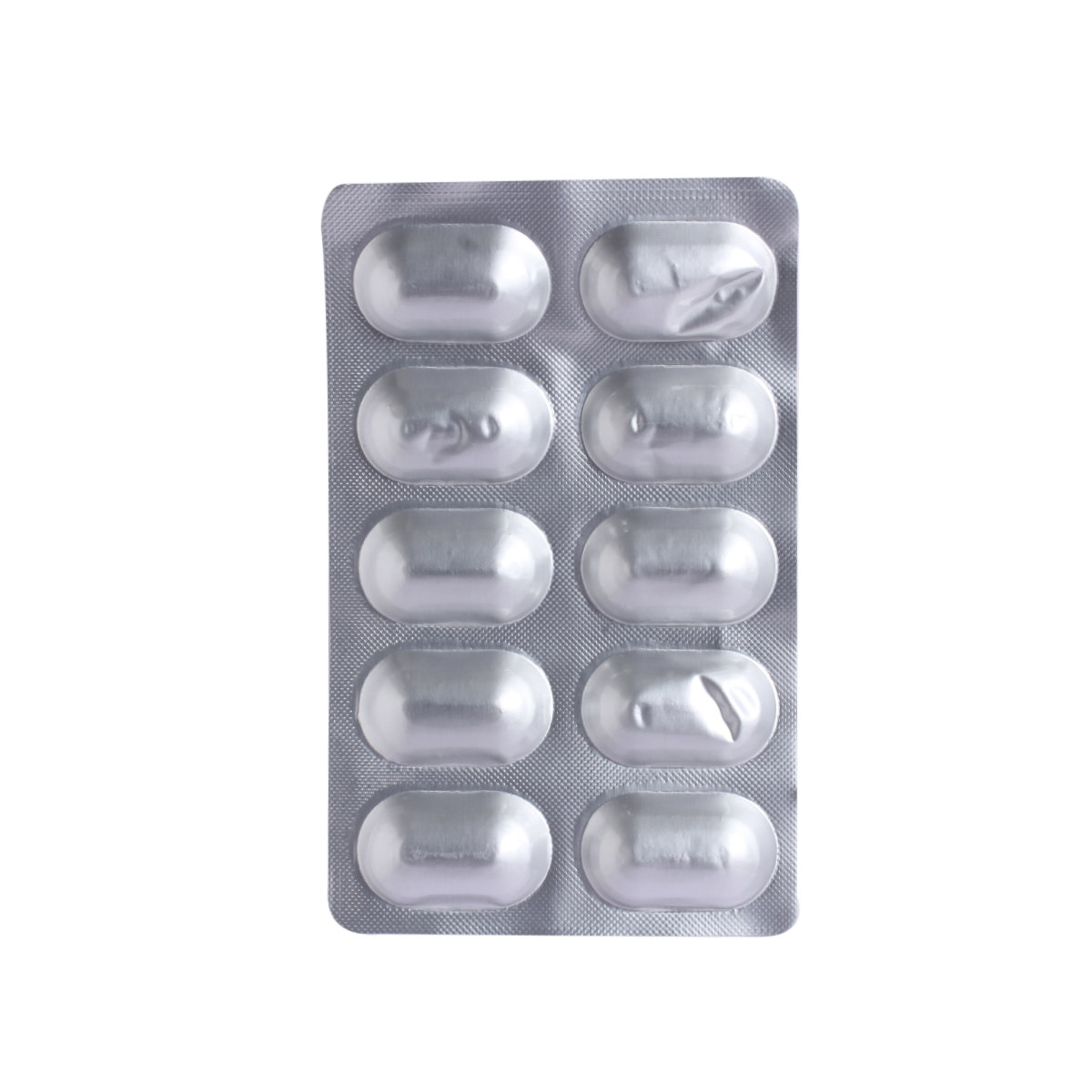
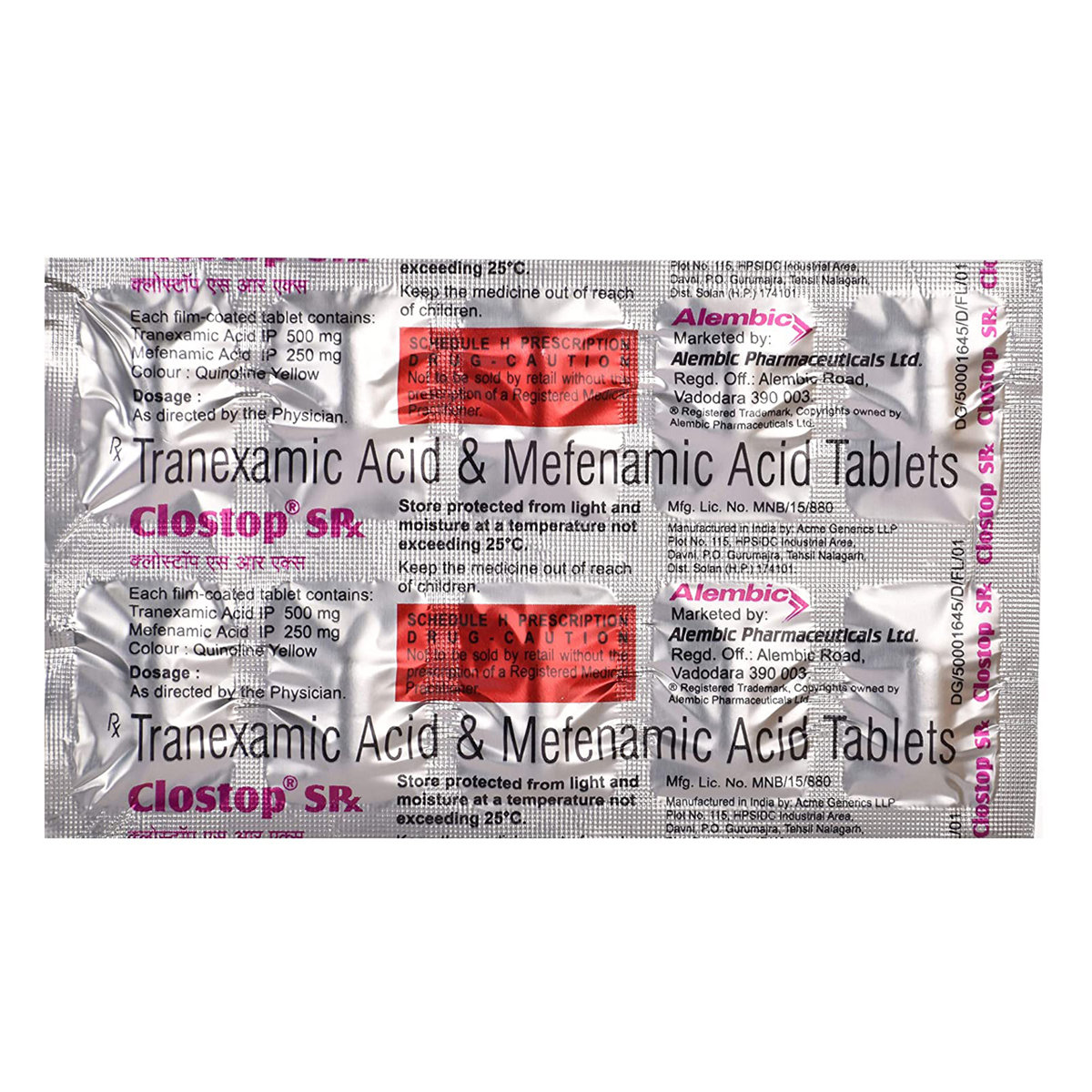
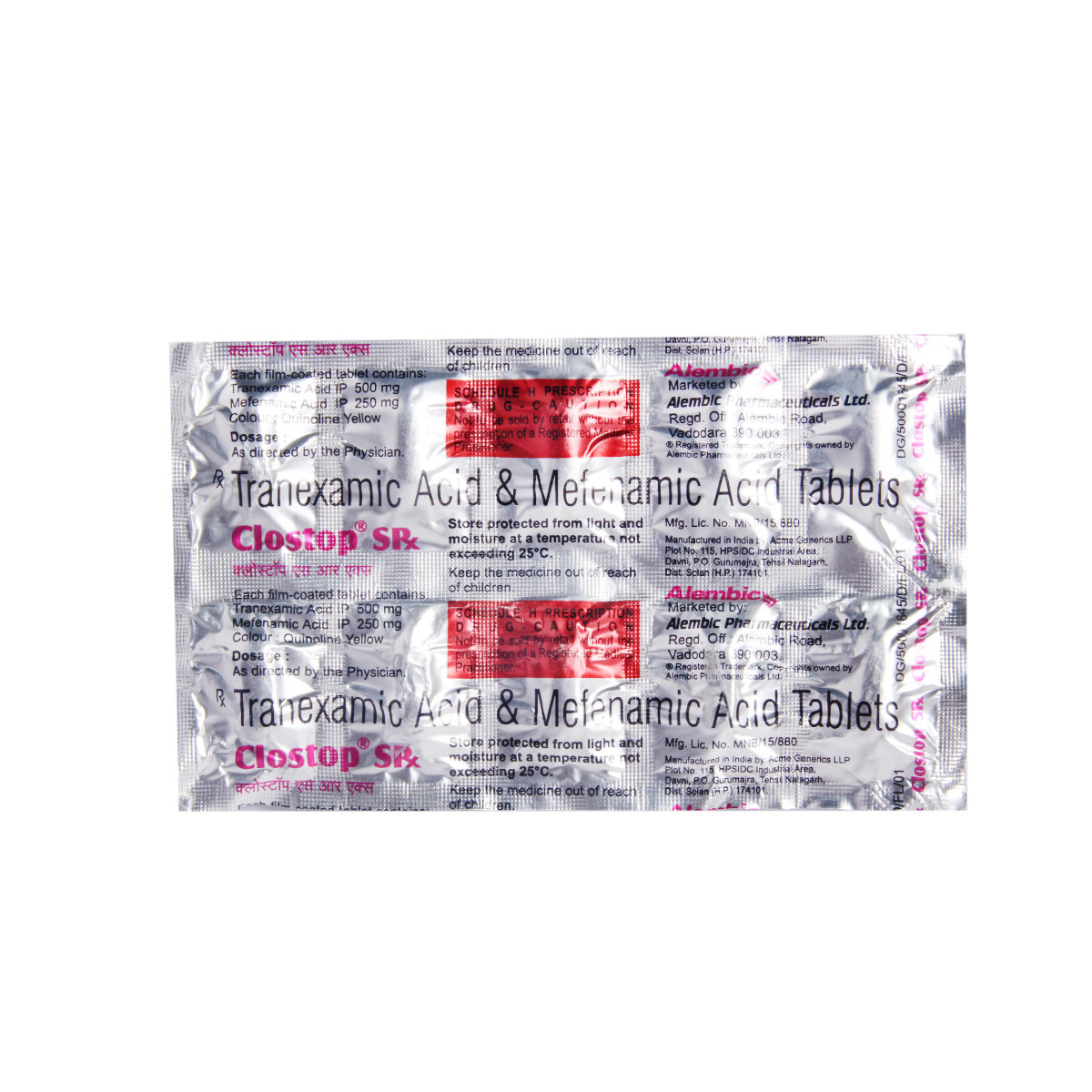
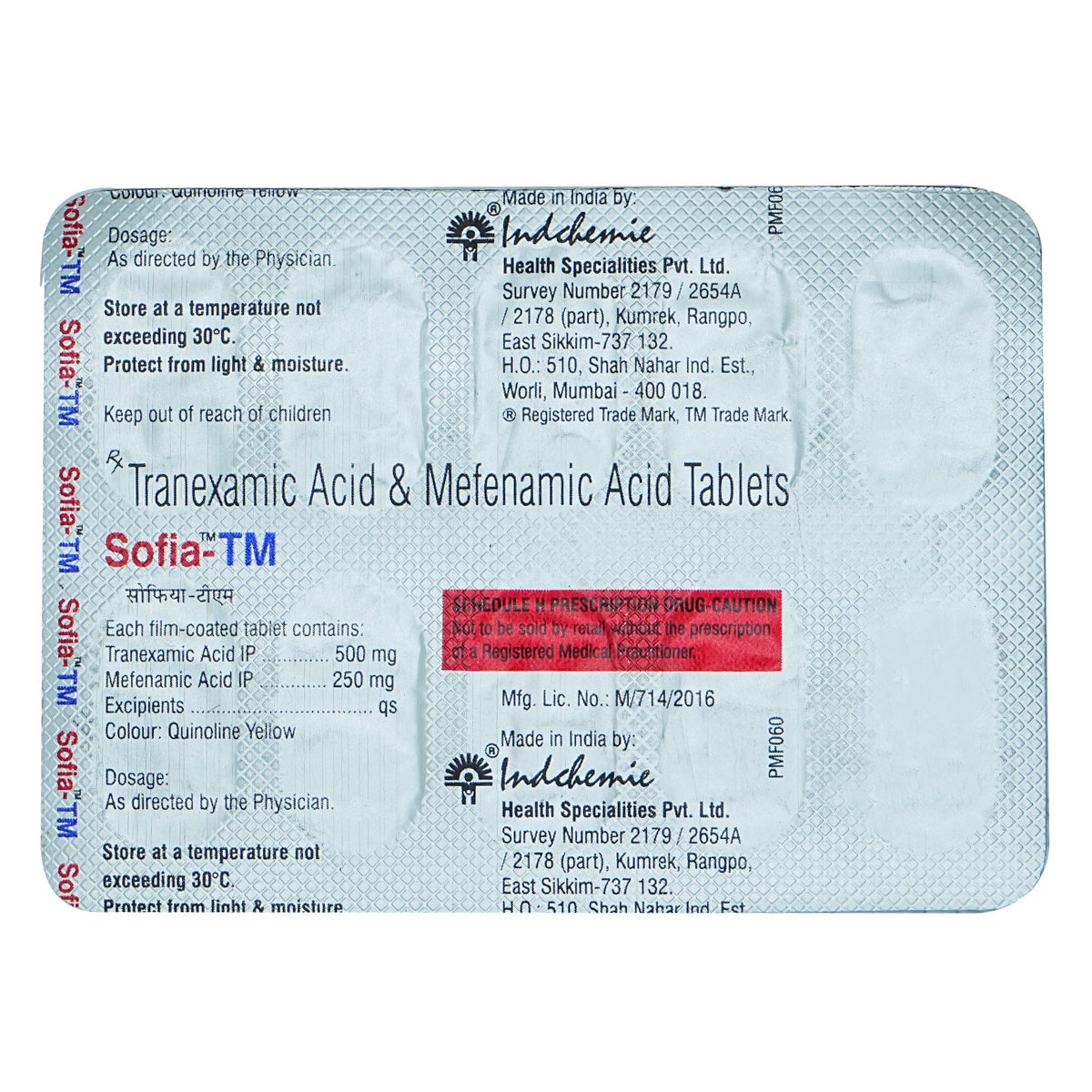
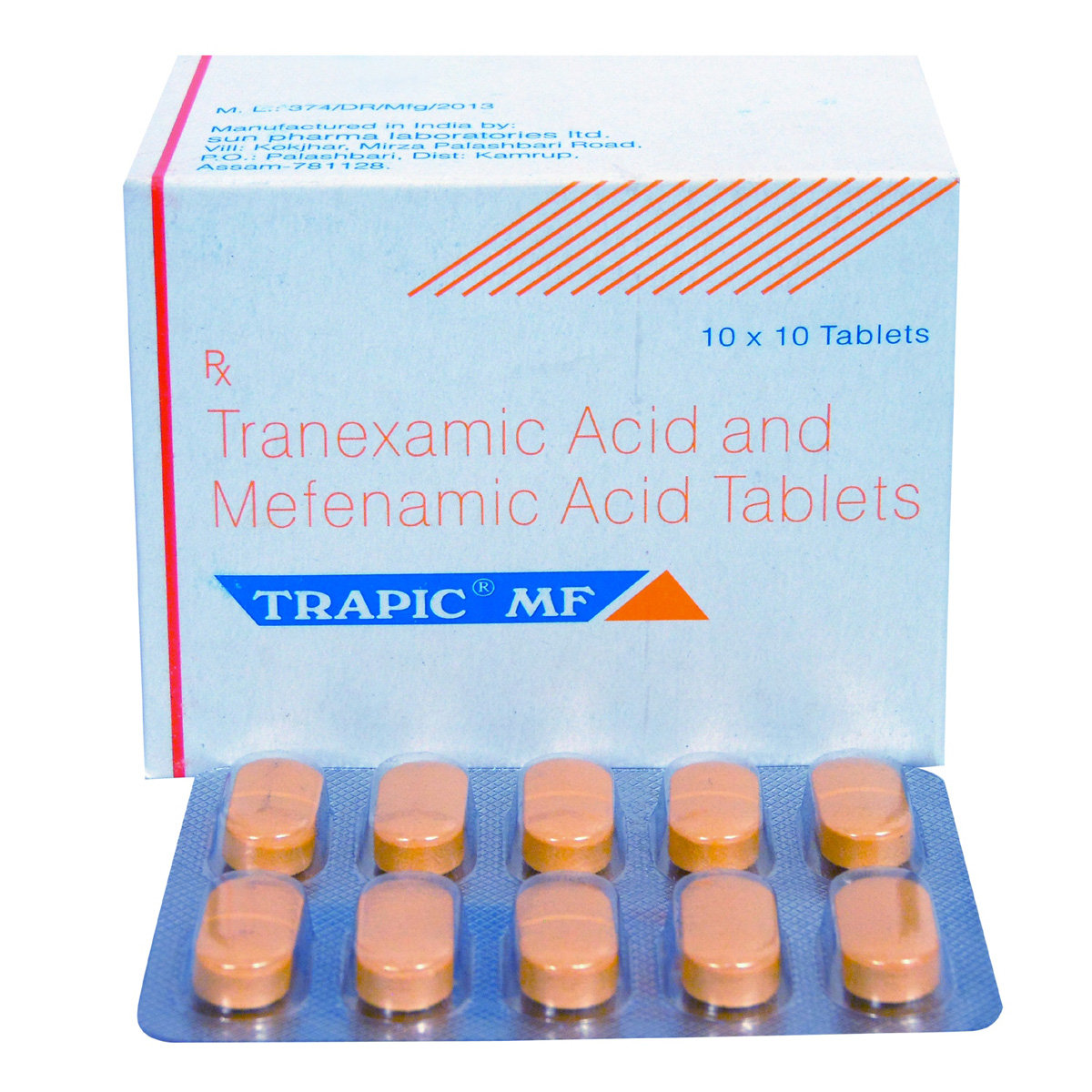
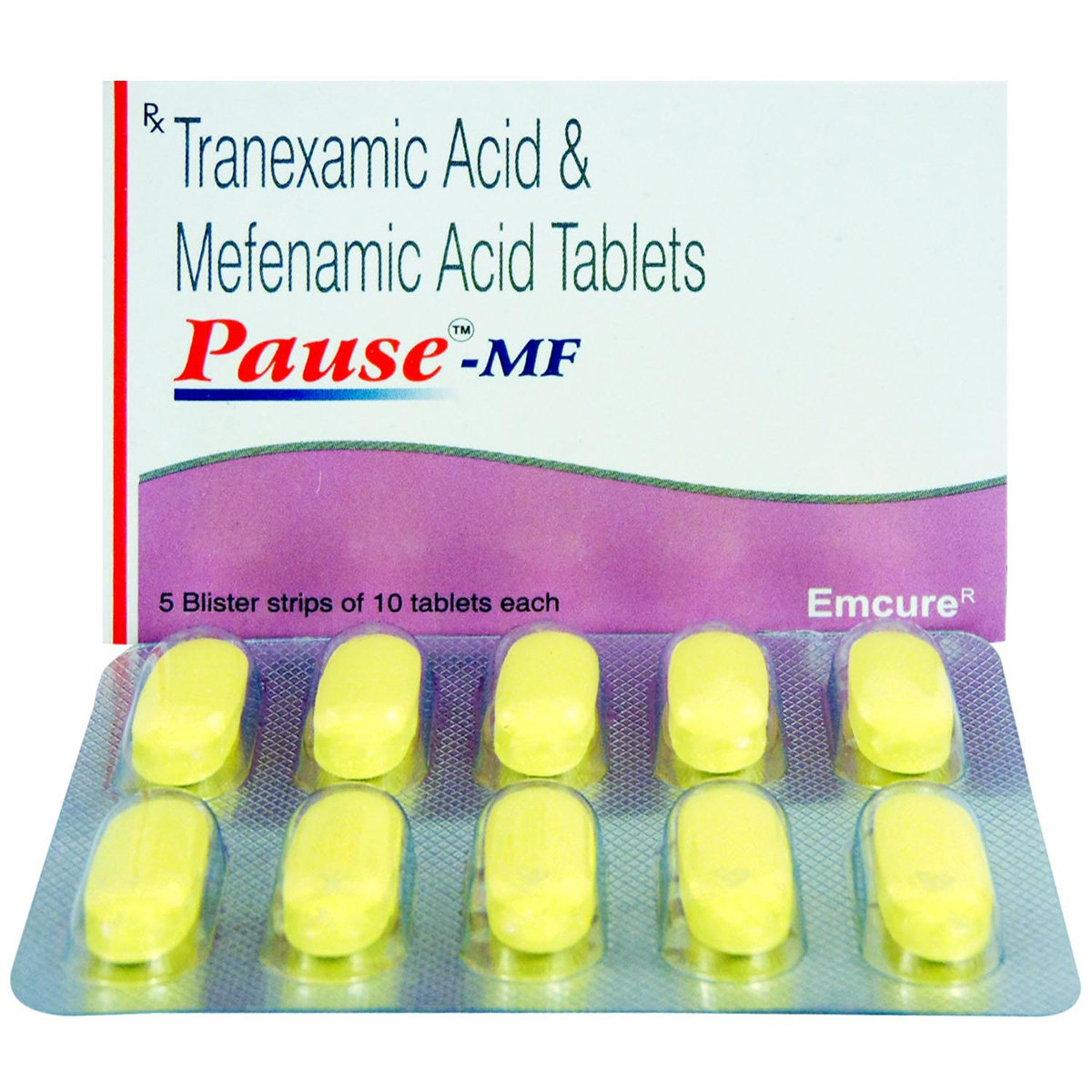

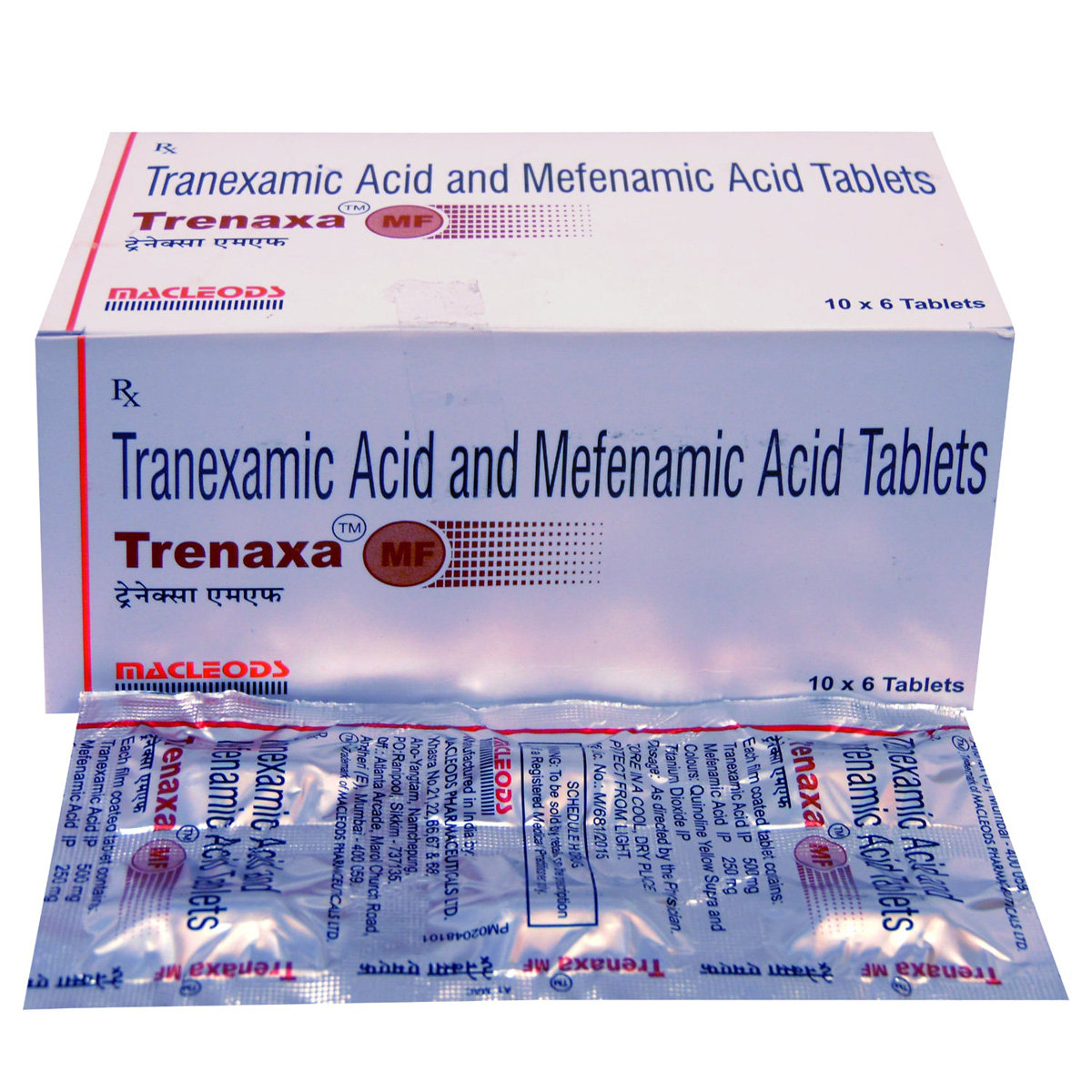

_0.jpg?tr=q-85)

